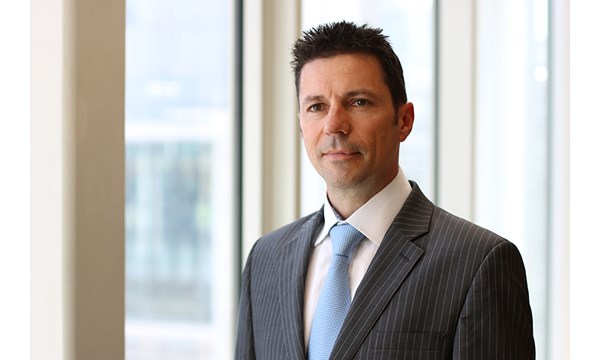Global upstream update: three key industry themes
From increasing M&A activity to supply wildcards, here’s the latest trends in upstream oil & gas
2 minute read
Fraser McKay
Head of Upstream Analysis

Fraser McKay
Head of Upstream Analysis
As head of upstream research, Fraser maximises the quality and impact of our analysis of key global upstream themes.
Latest articles by Fraser
-
Opinion
Global upstream update: diverging development strategies in Latin America, investment at risk in Africa, and Kazakhstan supply tensions explained
-
Opinion
Is oil price volatility a threat to upstream production, investment and supply chains?
-
Opinion
Global upstream update: UK fiscal changes and an Asia-Pacific licence bonanza
-
Opinion
Global upstream update: the global sanctions slump, grappling with gas and potential US tailwinds
-
Opinion
Global upstream update: the global sanctions slump, grappling with gas and potential US tailwinds
-
The Edge
Why upstream companies might break their capital discipline rules
The global upstream update is an insight produced for subscribers to our Upstream Service. Every six weeks we dissect some of the biggest topics and themes in upstream oil and gas in a highly visual, easy-to-read format.
Fill in the form for your complimentary extract from the latest update or read on for a quick introduction to three of the key themes explored in this edition.
The Majors are back buying again
With the Majors back in a buying mood, there are signs that pent-up demand is starting to translate into an increase in M&A. Recent deals tick a number of boxes for buyers, including consolidating existing positions, gas into Europe, unlocking stranded assets, and lowering emissions intensity.
However, with interest rates rising and commodity prices softening, smaller operators are struggling to access capital. This is creating a split market, with fewer of the smaller transactions that would usually underpin global deal flow.
Russia and Venezuela are just two of the industry’s supply wildcards
Russia promised to cut a further half a million barrels per day of production in August, to support prices and bring production into line with Saudi Arabia in OPEC+. However, we believe ongoing Russian production could still be maintained at 10 million barrels per day.
Meanwhile, in Venezuela, a respite from US oil-related sanctions is opening the door to incremental supply growth through activity at a handful of key fields. However, ongoing political uncertainty and high emissions intensity present barriers to much-needed external investment.
EU gas supply remains a key focus
Securing gas supply into Europe is still high on the upstream sector’s agenda. Approval of the long-awaited Neptun Deep megaproject means Romania is set to become the EU’s biggest gas producer. Eni is focusing on growing volumes in Algeria, while an initial phase on the Absheron peninsula could unlock Azerbaijani supply growth.
Longer term, development of the Barents Sea basin could help Norway maintain gas production levels. Europe certainly needs the gas, which represents a cleaner alternative to LNG thanks to electrification and good access to markets. However, government support would be needed to make supplies cost competitive.
The complimentary edition of our Global Upstream Update also includes analysis of:
- Canada’s ability to debottleneck for low-cost future growth
- Sub-Saharan Africa’s growing floating LNG (FLNG) capacity
- And more.







